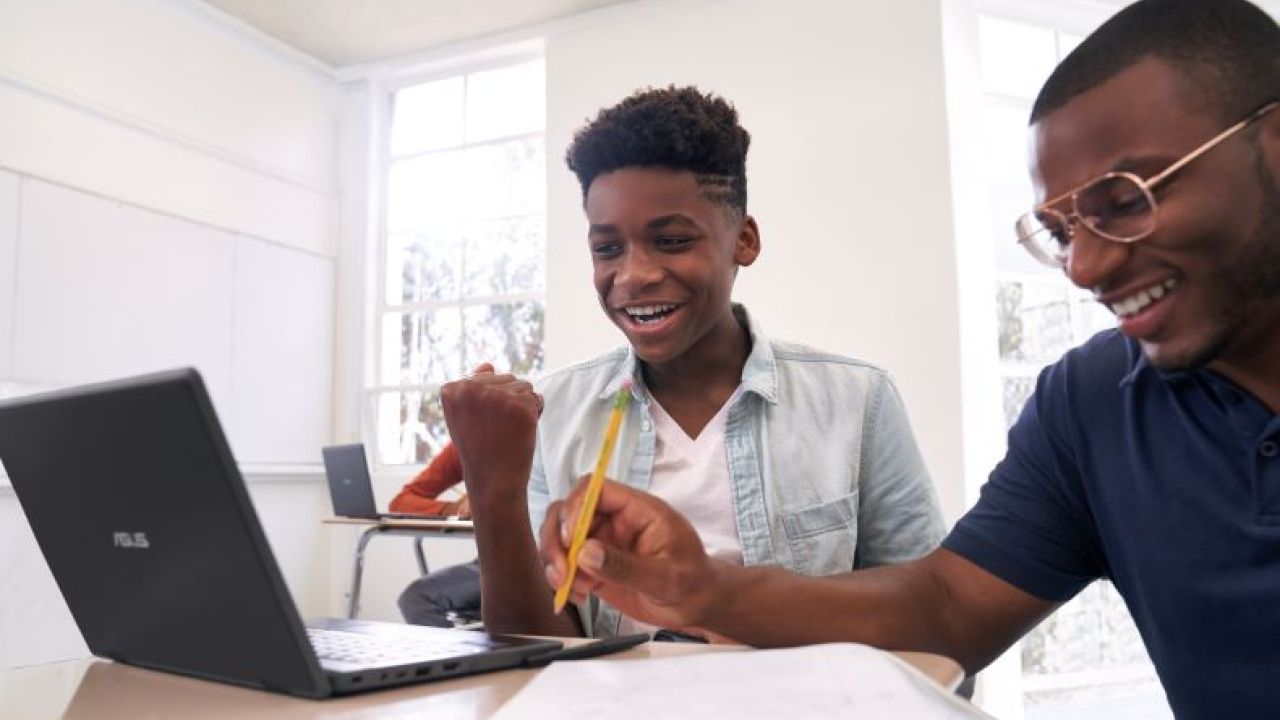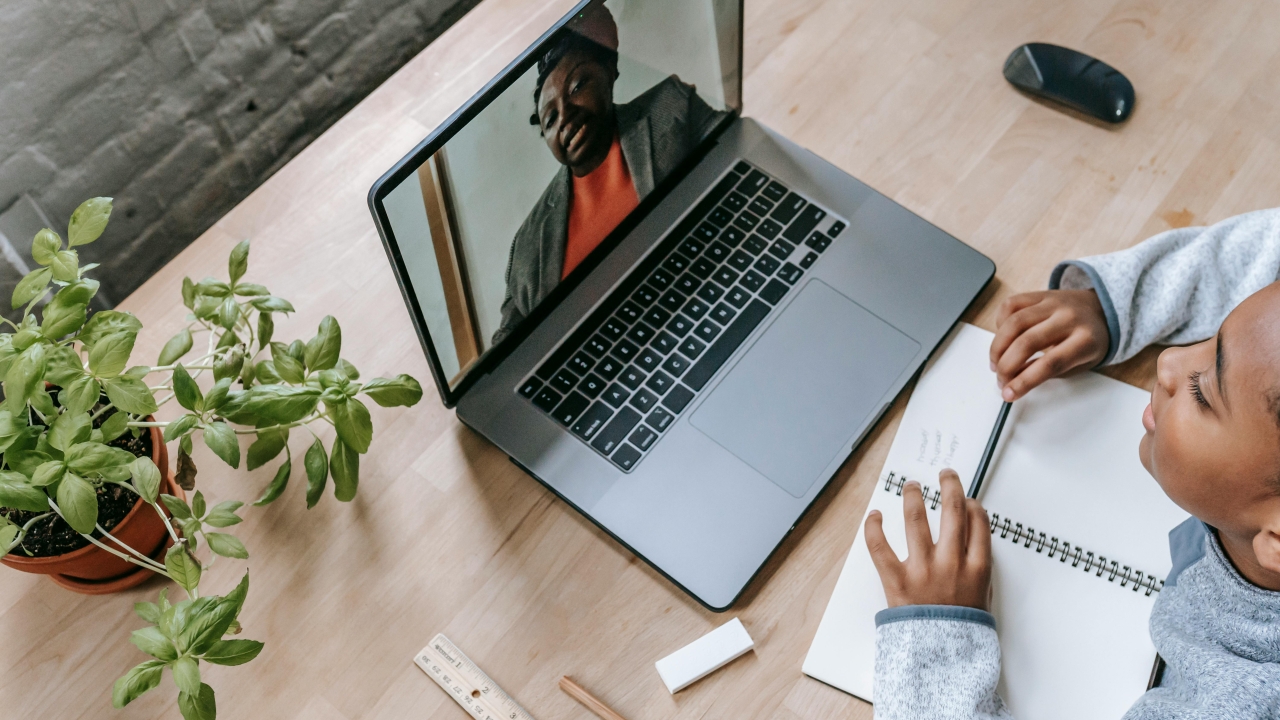How Technology Can Reshape Education For Better Student Outcomes

As the immediate impact of the pandemic recedes, we have a once-in-a-generation opportunity to reimagine education in a post-COVID world. We can take the hard-won lessons from the pandemic, with online learning and hybrid education models, and use these learnings to reboot education systems so that they better serve our children and protect their future.
Christine Muhigana of UNICEF summed it up succinctly when she commented that, “The COVID-19 pandemic has fast-forwarded global education thinking on how to transform and strengthen education systems through technology that complements skilled and well-supported teachers, so that every child receives quality and inclusive learning.”
What have we learned?
As we introduce more technology into classrooms, we need to ensure that teachers are well prepared and trained to be able to reimagine how learning and teaching take place. The aim for technology is that it should underpin great classroom practice, and seamlessly integrate so that it becomes and enabler, not the focus. Technology won’t replace good teachers. Instead, it can help then not only with the knowledge acquisition journey their learners need to make, but also enhance skills acquisition. Skills such as collaboration, critical thinking, resilience, and agility, which together with digital literacy, are necessary for them to be able to become active contributors to the global digital economy.
Hybrid and blended learning pedagogical models combine the best of in-school and remote learning, with digital engagement. But these models are more than just a quick fix for disrupted learning. They are ways in which we can enhance and accelerate learning by providing student-centred approaches to meet diverse learners’ needs. That’s why at Microsoft, our aim is to empower educators and students to teach and learn with technology through doing and exploring. In other words, enquiry-based active learning. For educators, clear educational transformation plans will be mission-critical to help to solidify the technology competency gains made during the pandemic.
At Microsoft, we believe that technology, applied in new ways can shift behaviour and motivation, enabling educators to assess learning in new ways and supporting students as they learn to be adaptable and resilient through exploration, simulation, and gaming. The goal is to encourage students to learn through doing – solving problems, practicing, progressing, and having fun, with real-time feedback from educators. This can lead to much deeper knowledge retention and more than this, support students to show what they can do with what they’ve learned.
Stay up to date
Subscribe to the free GESS Education newsletter and stay updated with the latest insights, trends, and event news every week. Your email address will remain confidential

